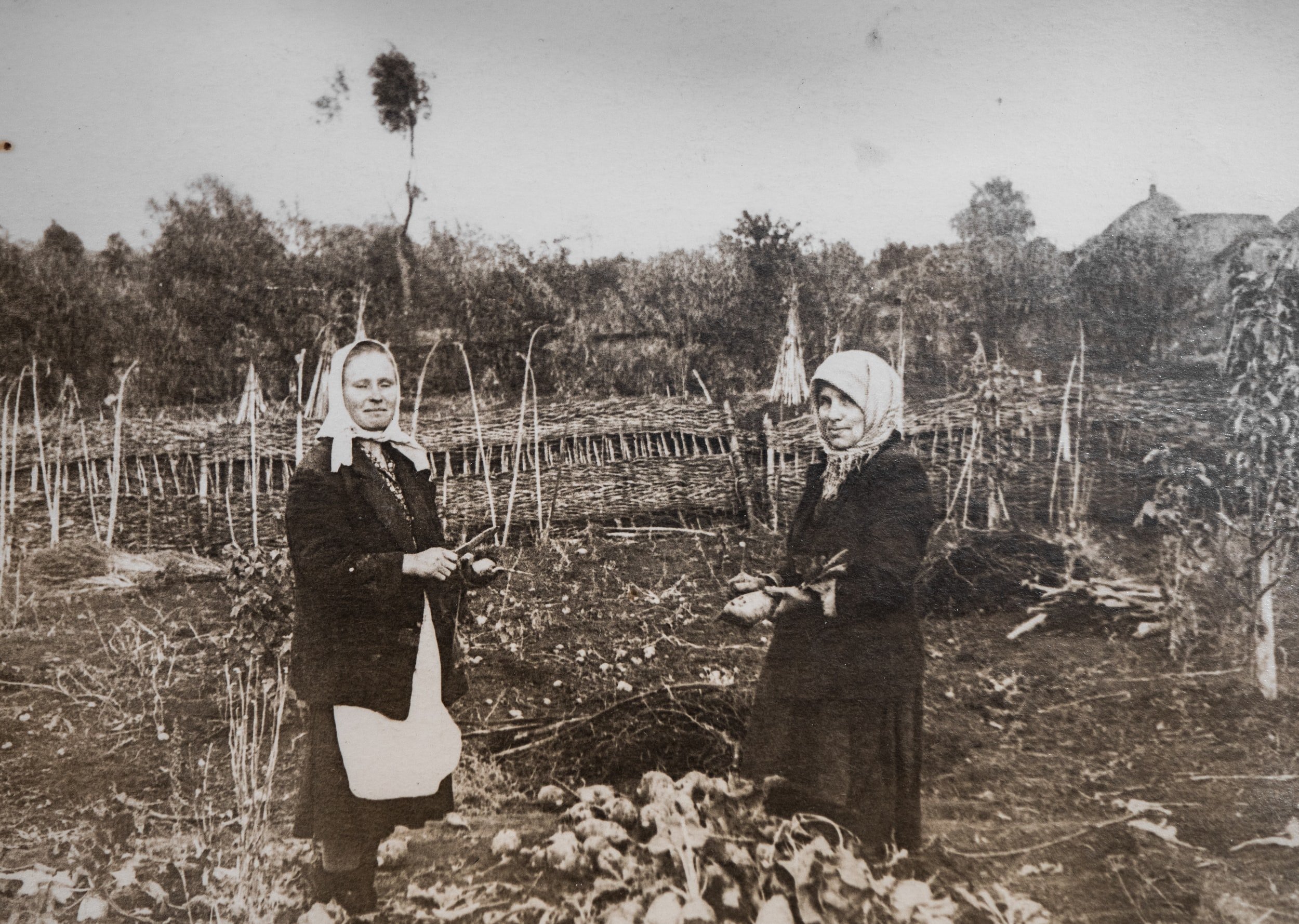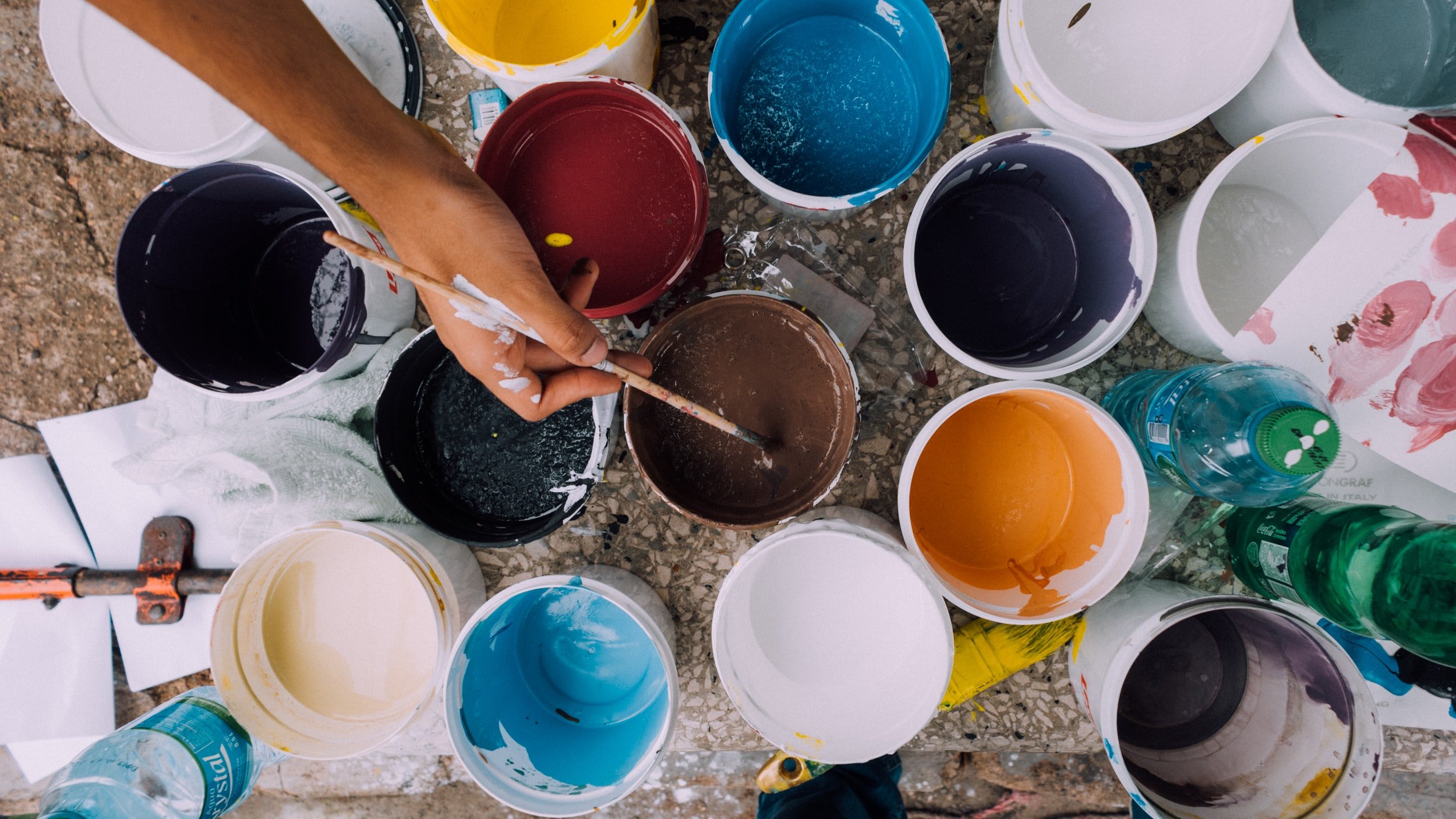Emerging Methods: Creative Research Examples
by Janet Salmons
Dr. Salmons is the Research Community Manager for Sage Research Methods Community. Her most recent book from SAGE Publishing is Doing Qualitative Research Online, which discusses using creative methods online. If ordering from SAGE, use MSPACEQ422 for a 20% discount, valid through the end of December 2022.
Visual and arts-based methods have used in research for a very long time.
Visual and arts-based methods of research have been part of many methodological traditions for a very long time. From the moment that cameras were invented they have been used as research tools. Researchers documented research sites, events, and participants, even though early cameras were unwieldy. Researchers used elicitation methods with photographs and artifacts to generate discussions about meanings and cultural significance. Arts-based methods extended the possibility for rich exchange by inviting participants to express themselves in ways that expand on what could be spoken in an interview response. While many of these approaches are qualitative, quantitative researchers have also long studied visual and artistic materials.
Still, with cameras on our phones that can record images or video, scanned images in databases, and the ability to share arts experiences online, new opportunities for creative approaches continue to emerge. These methods are extending beyond origins in fields such as cultural anthropology, psychology, and sociology and are now used in almost any social science field. Creative methods are used online, in-person, or in hybrid research.
We showcase creative research methods on Sage Research Methods Community, including photovoice, collage, poetry, visual journaling, multimodal visual methods and more. Dr. Helen Kara, author of several books about creative methods, has served as a Mentor in Residence and regular contributor.
It is important to include creative methods in this month’s focus on new and emerging ways to conduct research. This multidisciplinary collection of recent open-access articles demonstrates the rich variety of artistic and creative ways researchers are engaging with participants.
Using Arts-Based and Creative Methods in New Ways
Andrä, C. (2022). Crafting Stories, Making Peace? Creative Methods in Peace Research. Millennium, 50(2), 494–523. https://doi.org/10.1177/03058298211063510
Abstract. This article examines the analytical and political potentials of creative methods for peace research. Specifically, the article argues that creative methods can textile, i.e. render material and irregularly textured, (research on) post-conflict politics. Grounded in a collaborative research project with former combatants in Colombia, the article takes this project’s methods – narrative practice, textile-making, and a travelling exhibition – as examples to demonstrate how creative methods’ element of making contributes to the development of post-conflict subjectivities and relationships. Casting the data generated by creative methods as crafted stories, the article also shows how in these stories, semantic meaning becomes entangled with material traces of emotional, affective, and embodied experiences of violence and its aftermath, effecting a shift in the post-conflict distribution of the sensible. By exploring creative methods’ capacity for textiling peace (research), the article contributes to research on creativity, the arts, and peace and on the post-conflict trajectories of former combatants.
Balmer, A. (2021). Painting with data: Alternative aesthetics of qualitative research. The Sociological Review, 69(6), 1143–1161. https://doi.org/10.1177/0038026121991787
Abstract. In this article I outline an original creative method for qualitative research, namely the painting with data technique. This is a participatory methodology which brings creativity and participation through to the analytical phase of qualitative research. Crucially, I acknowledge but also challenge the dominant aesthetic that currently shapes qualitative research and renders life in a monochromatic palette. The painting with data method evidences an alternative aesthetic to the predominant one and I argue that we can understand this methodology by adapting Jennifer Mason’s concept of ‘layering’ to conceptualise how different aesthetics help us to see the different shapes, forms and moulds that make us, our relationships and our worlds. The process moves away from traditional ways of treating transcribed data, and prioritises addition above extraction; juxtaposition over thematisation; and collaging rather than ordering. This alternative aesthetic for qualitative research offers an evocative form and a conceptual schema through which to interpret the world, providing a route to novel insights, that enlivens the interpretative work of the analyst and offers opportunities to make and witness potent connections.
Dahal, P., Joshi, S. K., & Swahnberg, K. (2021). Does Forum Theater Help Reduce Gender Inequalities and Violence? Findings From Nepal. Journal of Interpersonal Violence. https://doi.org/10.1177/0886260521997457
Abstract. Gender inequality and violence against women are present in every society and culture around the world. The intensities vary, however, based on the local guiding norms and established belief systems. The society of Nepal is centered on traditional belief systems of gender roles and responsibilities, providing greater male supremacy and subordination for the females. This has led to the development and extensive practices of social gender hierarchal systems, producing several inequalities and violence toward women. This study has utilized Forum Theater interventions as a method of raising awareness in 10 villages in eastern Nepal. The study aimed to understand the perception and changes in the community and individuals from the interactive Forum Theater performances on pertinent local gender issues. We conducted 6 focus group discussions and 30 individual interviews with male and female participants exposed to the interventions. The data analysis utilized the constructivist grounded theory methodology. The study finds that exposure and interactive participation in the Forum Theater provide the audience with knowledge, develop empathy toward the victim, and motivate them to change the situation of inequality, abuse, and violence using dialogues and negotiations. The study describes how participation in Forum Theater has increased individual’s ability for negotiating changes. The engagement by the audience in community discussions and replication of efforts in one of the intervention sites show the level of preparedness and ownership among the targeted communities. The study shows the methodological aspects of the planning and performance of the Forum Theater and recommends further exploration of the use of Forum Theater in raising awareness.
Earle-Brown, H. (2021). Little Miss Homeless: creative methods for research impact. Cultural Geographies, 28(2), 409–415. https://doi.org/10.1177/1474474020987244
Abstract. Women’s homelessness is a significant and increasing problem in the UK. Yet, much research on homelessness does not acknowledge the particular gendered issues homeless women face. Furthermore, the small amount of research available on the matter is often restricted to academic and professional audiences. Little Miss Homeless, a culture jammed children’s book, was produced with the intention of making wider public audiences aware and engaged with issues relating to women’s homelessness. This article traces through the process of producing the book and reflects on the emerging interest within cultural geography to use creative methods of research dissemination in order to engage wider public audiences with our research.
Harrison, K., & Ogden, C. A. (2021). ‘Knit “n” natter’: a feminist methodological assessment of using creative ‘women’s work’ in focus groups. Qualitative Research, 21(5), 633–649. https://doi.org/10.1177/1468794120945133
Abstract. This article outlines the methodological innovations generated in a study of knitting and femininity in Britain. The study utilised ‘knit “n” natter’ focus groups during which female participants were encouraged to knit and talk. The research design encompassed a traditionally undervalued form of domestic ‘women’s work’ to recognise the creative skills of female practitioners. ‘Knit “n” natter’ is a fruitful feminist research method in relation to its capitalisation on female participants’ creativity, its disruption of expertise and its feminisation of academic space. The method challenges patriarchal conventions of knowledge production and gendered power relations in research, but it also reproduces problematic constructions of gender, which are acknowledged. The study contributes to a growing body of work on creative participatory methods and finds that the ‘knit “n” natter’ format has utility beyond investigations of crafting and may be used productively in other contexts where in-depth research with women is desirable.
Goldman, A., Gervis, M., & Griffiths, M. (2022). Emotion mapping: Exploring creative methods to understand the psychology of long-term injury. Methodological Innovations, 15(1), 16–28. https://doi.org/10.1177/20597991221077924
Abstract. This methodological study details the effectiveness of emotion mapping as a method to explore the lived experiences of professional male athletes (n = 9) with a long-term injury. This represents the first use of emotion mapping to garner phenomenal knowledge on long-term injury within a sport psychology context, and as such is a departure from traditional approaches in this field. Following an orientation meeting, each participant was asked to produce an emotion map in the privacy of their home of two critical spaces occupied during their rehabilitation. Using video conferencing software, they were then asked to narrate their map, to facilitate understanding of their lived experiences of injury. Overall, the method was found to be efficacious in supporting existing literature on injury and revealing previously unknown aspects of long-term injury. In particular, the study provided phenomenal knowledge that was previously absent. As such, recommendations are made for the use of emotion mapping both as an effective research technique, and as a therapeutic tool.
Lahman, M. K. E., De Oliveira, B., Cox, D., Sebastian, M. L., Cadogan, K., Rundle Kahn, A., Lafferty, M., Morgan, M., Thapa, K., Thomas, R., & Zakotnik-Gutierrez, J. (2021). Own Your Walls: Portraiture and Researcher Reflexive Collage Self-Portraits. Qualitative Inquiry, 27(1), 136–147. https://doi.org/10.1177/1077800419897699
Abstract. As part of an advanced doctoral research course, class members participated in an in-depth exploration of the methodology portraiture. In this article, the authors—course instructor and 10 students—represent themselves as researchers through collage portraits and written reflexive responses. A brief review of portraiture, collage in research, and researcher reflexivity, along with descriptions of relevant course experiences are presented. Images of the collage process and resulting portraits are highlighted. A collage portrait of a class emerges as issues of transparency in research, the role of the researcher, and the use of art in research are explored.
Manuel, J., & Vigar, G. (2021). Enhancing citizen engagement in planning through participatory film-making. Environment and Planning B: Urban Analytics and City Science, 48(6), 1558–1573. https://doi.org/10.1177/2399808320936280
Abstract. There is a long history of engaging citizens in planning processes, and the intention to involve them actively in planning is a common objective. However, the reality of doing so is rather fraught and much empirical work suggests poor results. Partly in response an increasingly sophisticated toolkit of methods has emerged, and, in recent years, the deployment of various creative and digital technologies has enhanced this toolkit. We report here on case study research that deployed participatory film-making to augment a process of neighbourhood planning. We conclude that such a technology can elicit issues that might be missed in traditional planning processes; provoke key actors to include more citizens in the process by highlighting existing absences in the knowledge base; and, finally, provoke greater deliberation on issues by providing spaces for reflection and debate. We note, however, that while participants in film-making were positive about the experience, such creative methods were side-lined as established forms of technical–rational planning reasserted themselves.
Parsons, L. T., & Pinkerton, L. (2022). Poetry and prose as methodology: A synergy of knowing. Methodological Innovations. https://doi.org/10.1177/20597991221087150
Abstract. In this study, situated in the borderland between traditional and artistic methodologies, we innovatively represent our research findings in both prose and poetry. This is an act of exploration and resistance to hegemonic assumptions about legitimate research writing. A content analysis of young adult literature featuring trafficked child soldiers is the vehicle through which we advocate for the simultaneous use of prose and poetry. Several overarching insights emerged from this work as our prose and poetic representations, taken together, did more than either could have done on its own. We noted significant differences in scope, impact, and use of words when representing findings in the two forms. Additionally, independently selecting many of the same quotes as we created our separate representations contributed to the validity of the analysis. We saw very concretely that what one knows in one form one might know differently in another, generating a synergy of knowing.


